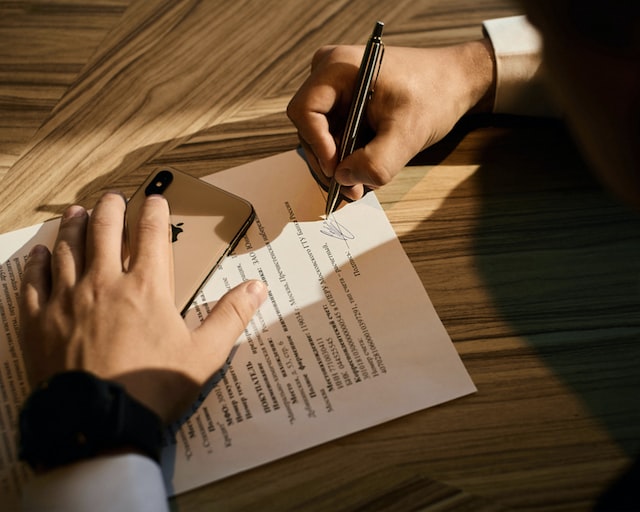When you countersign something, you are vouching for its authenticity or validity. This is often done by officials, like notary public or government employees. On the other hand, when you sign something, you are simply indicating that you have read and agreed to its contents.
What is a countersign?
A countersign is a second signature on a document, typically used to confirm the identity of the first signer. For example, when someone signs a contract, they may countersign it with their initials to show that they agree to the terms. Countersigning can also be used as a security measure, such as when two people need to sign a check before it can be cashed.
What is a signature?
When you sign something, you’re essentially putting your seal of approval on it. You’re vouching for the document or contract and saying that you agree to its terms. In other words, your signature is a way of showing that you’re committed to whatever it is you’re signing.
When to use a countersign or signature
A countersign is typically used as a way to add an extra layer of security to a document, while a signature is generally just used to indicate that someone has read and agreed to the contents of a document.
Here are a few scenarios where you might use a countersignature:
If you’re sending a sensitive document via email, you may want to add a countersign so that the recipient knows that the document hasn’t been tampered with.
If you’re signing a contract on behalf of someone else, you may need to countersign it to show that you agree with the terms.
Who can countersign?
There are a few different circumstances in which someone may be required to countersign something. For example, if you are opening a bank account in some countries, both you and the bank representative must sign the documents and then countersign them. This is done as a way to verify the identity of both parties and to prevent fraud. In other cases, you may need a witness to countersign a document if it is notarized. This is also done as a way to prevent fraud and ensure that the document is legitimate.
What does it mean to countersign a document?
When you countersign a document, you are essentially vouching for its authenticity. This is often done by affixing your signature alongside that of the primary signatory, as well as any other witnesses. Countersigning demonstrates that you have seen the document in question and verified that all of the information contained therein is accurate.
There are situations where countersigning is required by law, such as when two parties are entering into a contract. In these cases, both signatures must be present for the document to be considered legally binding. Even if countersigning isn’t required, it can still be beneficial as it provides an extra layer of protection against fraud or misrepresentation.
Photo by Signature Pro on Unsplash









